By Karine Valois
We wear makeup to enhance our beauty, play with colors and trends, and often cover up the imperfections that concern us. We apply our beauty rituals to take care of our skin, regain comfort, and delay the signs of aging. This shouldn't be detrimental to our health. On the contrary, the cosmetic products applied should be beneficial and beautify the skin, not the other way around. More and more allergic reactions and adverse effects are being reported regarding personal hygiene and cosmetic products.
The skin is an organ with a flora called cutaneous flora. "Healthy skin" is supple and elastic, with a healthy flora, barrier, and thickness. These characteristics vary depending on age and environmental, and even emotional, conditions. "Skin-deep," you know that expression? Many cosmetic products and soaps negatively affect the skin's pH. Ingredients and preservatives such as parabens, phthalates, artificial fragrances, BHA, and BHT, to name a few, can be endocrine disruptors and even impact fertility.
Of course, at certain percentages, however, by reading the labels in our cupboards – cosmetics, hair products, household products etc. – we become aware of the multitude of ingredients to which we are exposed on a daily basis.
When looking at labels, some ingredients may seem incomprehensible to us.
For greater transparency, Maison Jacynthe provides you with a glossary of ingredients and their properties.
Understanding the ingredient list
In cosmetics, the ingredient list must follow the INCI (International Standard of Cosmetic Ingredients) nomenclature, which is also available in English and Latin for plant-based ingredients. The main ingredients are at the top of the list and can represent up to 80% of the product, while ingredients below 1% can be listed in any order.
In short, the goal is to better understand what we buy in order to make conscious purchases. Not to mention raising awareness among young people and teenagers, who are heavy consumers. Different information, studies, and reports are being circulated, all contradicting each other.
Remember that if it is easy to read the list of ingredients, it is easier to make our choices!
If you would like to delve deeper into the subject, several interesting reports are available:
• Documentary behind cosmetics, part 1 – The ingredients of Cynthia Dulude
• Toxic Beauty – Documentaries
References:
https://incibeauty.com/ingredients
www.fertilys.org/comprendre-linfertilite/causes/mode-de-vie-et-environnement/
https://observatoireprevention.org/2021/11/23/les-phtalates-une-composante-de-certain-plastiques-et-produits-cosmetiques-nuisible-a-la-sante-humaine/
Non-toxic Cosmetics book by Sylvie Fortin from La Presse editions
















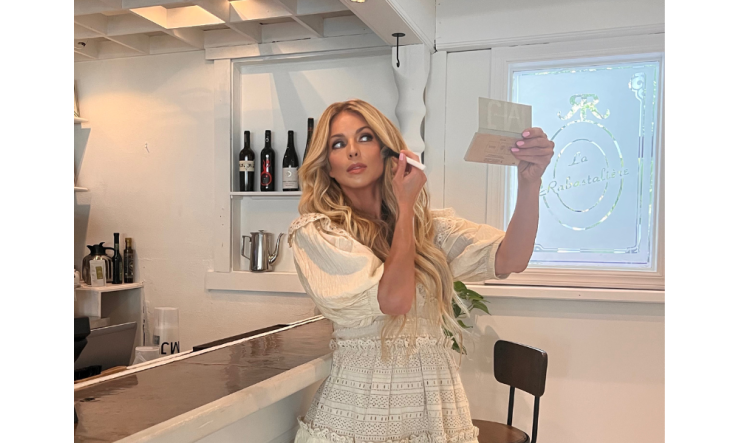

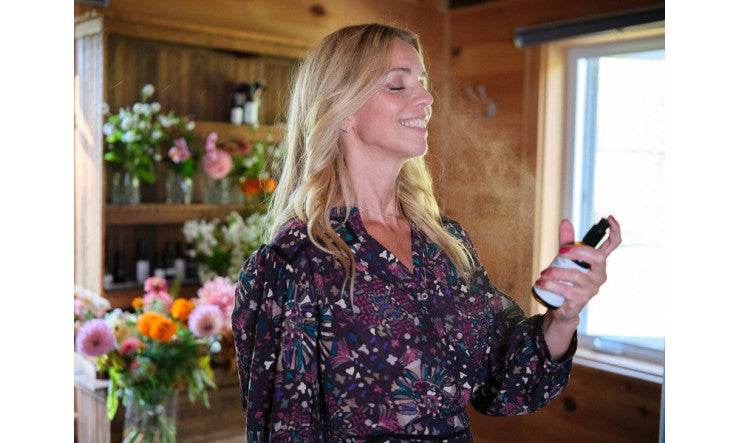





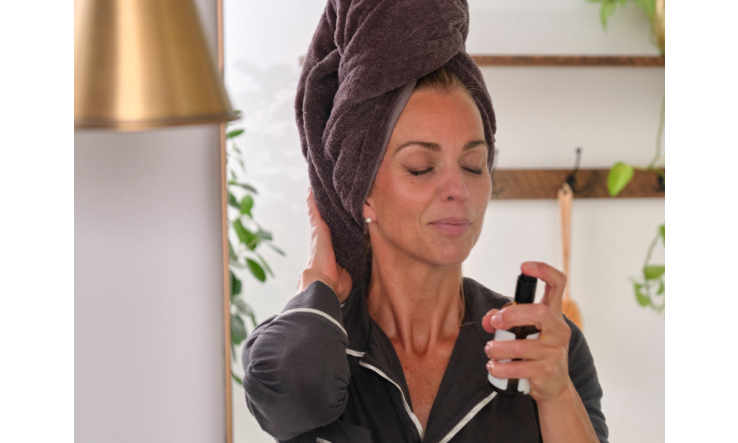























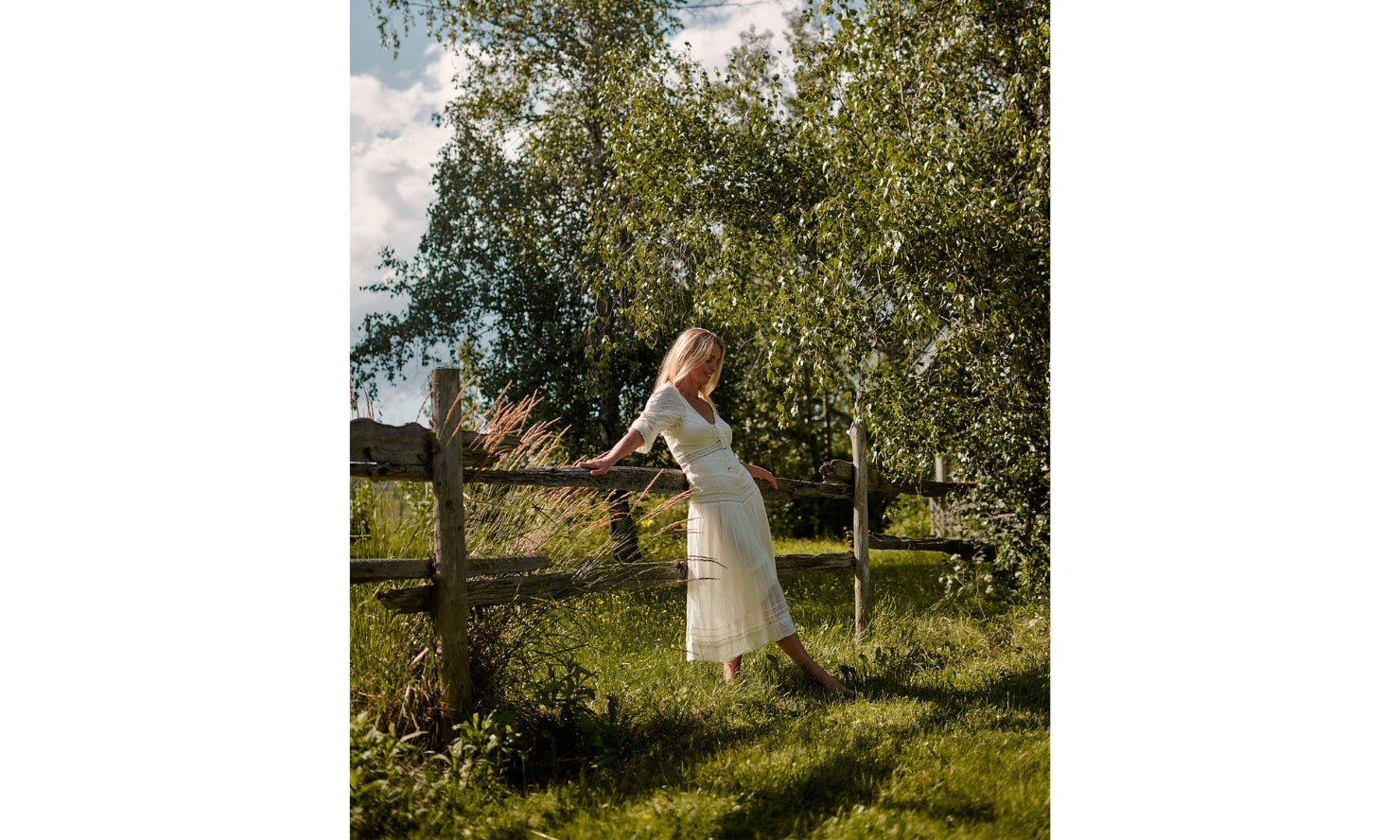
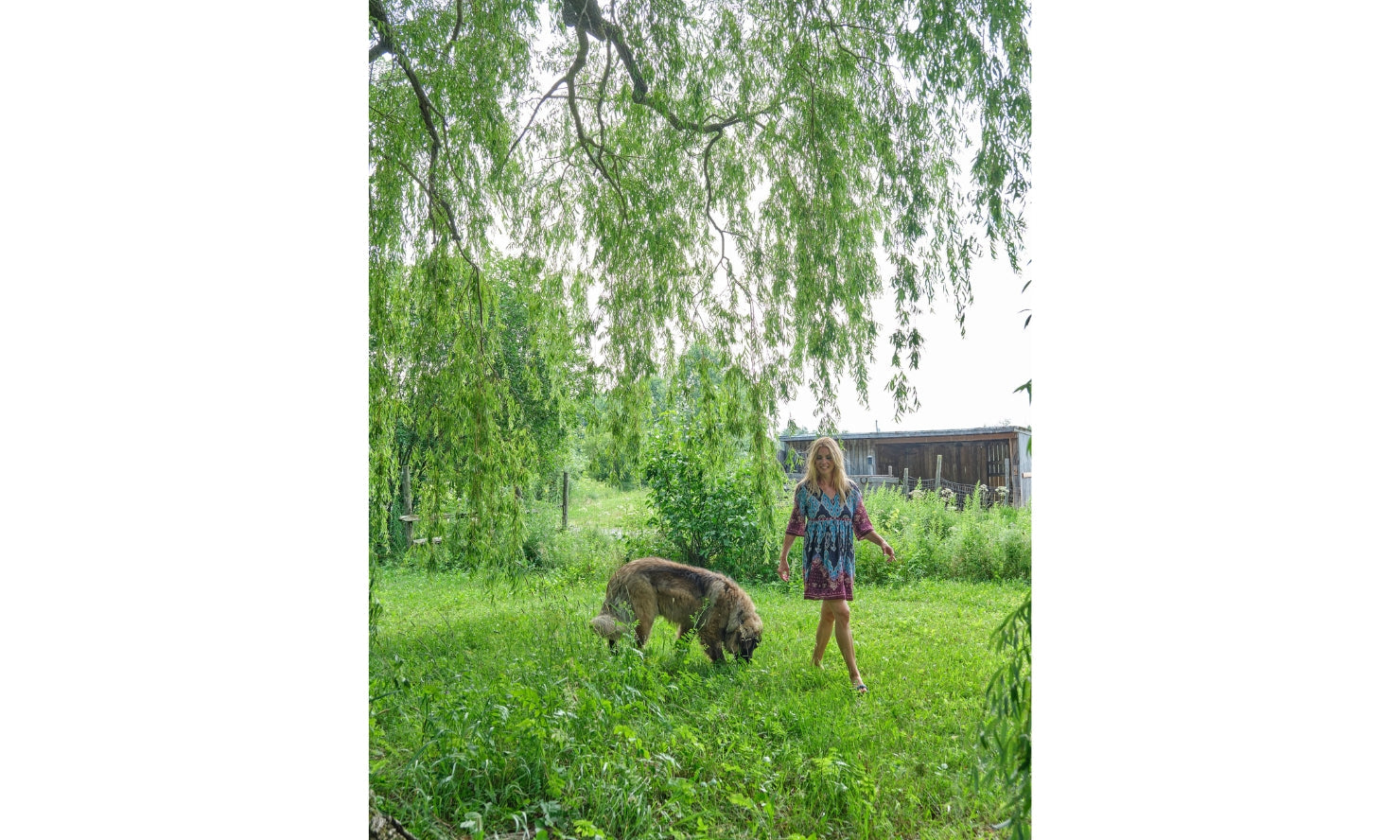
















Leave a comment